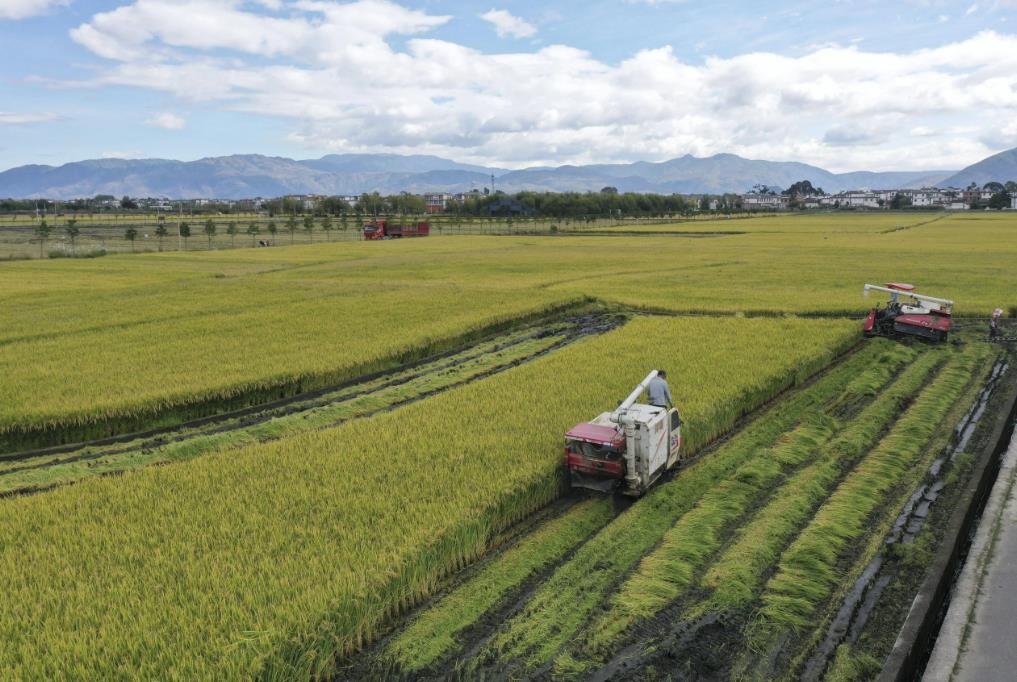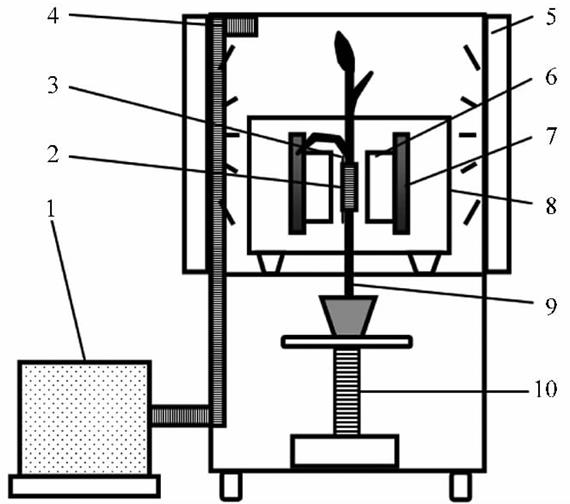Investigación de RMN de campo bajo sobre el estrés por frío en el arroz
¿Qué es el estrés por frío??
El estrés por frío es un factor importante que afecta la distribución geográfica y el crecimiento de las plantas.. Las bajas temperaturas pueden dañar las plantas, especialmente cuando ocurren heladas repentinas, lo que resulta en una reducción de la productividad y la calidad de los cultivos.
Tipos y características del estrés por frío en el arroz
- Lesión por frío retardado: En el periodo de crecimiento vegetativo, a veces incluye el período de crecimiento reproductivo, El arroz sufre el daño de una temperatura más baja durante mucho tiempo., que debilita la actividad fisiológica de la planta de arroz, retrasa el crecimiento, y retrasa el espigado y la floración, que no puede ser completamente El grano madura lo que resulta en una reducción significativa del rendimiento.
- Lesión por frío tipo barrera: Durante el período reproductivo y de crecimiento del arroz., el arroz sufre una baja temperatura relativamente fuerte durante un corto período de tiempo, que destruye el mecanismo fisiológico del órgano floral, resultando en espiguillas estériles, una gran cantidad de conchas vacías, y una grave reducción del rendimiento.
- Daño mixto por frío: En el mismo año, El daño por enfriamiento retardado y el daño por enfriamiento con obstáculos ocurren simultáneamente.. La baja temperatura en la etapa inicial de crecimiento retrasa el crecimiento y desarrollo de la raíz., provenir, y macollos de hojas, Retrasa la diferenciación de las espigas de arroz., retrasos rumbo, y afecta el rendimiento. Arranque, título, y la baja temperatura durante la floración hará que las espiguillas sean estériles o parcialmente estériles, retrasar la maduración, y producir una gran cantidad de plántulas vacías.
Daño del estrés por frío en el arroz
- La baja temperatura debilita la fotosíntesis, principalmente porque la baja temperatura provoca la desnaturalización de las proteínas en los cloroplastos y reduce la actividad de las enzimas., reduciendo así la intensidad fotosintética de las plantas..
- La baja temperatura reduce la intensidad de la respiración.. La respiración es una condición indispensable para mantener el crecimiento y desarrollo de las plantas.. Durante el proceso de crecimiento del arroz., La intensidad de la respiración disminuye en 1.6 a 2.0 veces para cada 10 Caída de temperatura en °C desde la temperatura óptima.
- La influencia de la baja temperatura en la absorción de nutrientes minerales.. La energía para que las raíces absorban elementos minerales proviene de la respiración.. La baja temperatura debilita la respiración de las raíces., y se reduce la energía necesaria para suministrar a las plantas la absorción de nutrientes minerales., lo que resulta en un debilitamiento de la tasa de absorción de nutrientes por parte de las plantas.. Se altera el equilibrio de nutrientes de las plantas..
- El impacto de la baja temperatura en la operación de nutrientes.. La baja temperatura no sólo reduce la intensidad fotosintética de las plantas de arroz, afecta la absorción de nutrientes minerales por el sistema radicular, pero también dificulta el transporte de productos fotosintéticos y elementos nutrientes a los órganos de crecimiento, reduciendo la velocidad de operación.
Investigación sobre el estrés por frío en el arroz – método de RMN de campo bajo
El arroz es el cultivo alimentario más importante de mi país., pero es muy sensible al estrés por frío. Cuando las plántulas de arroz se encuentran con un clima de bajas temperaturas., Las plántulas de arroz sufrirán un retraso en el crecimiento., amarillamiento, retraso del crecimiento, Marchitamiento e incluso muerte., que afecta seriamente el crecimiento, desarrollo y rendimiento del arroz. Mejorar la resistencia al estrés por frío de las plántulas de arroz es de gran importancia para reducir la pérdida de plántulas de arroz por daños causados por el frío y promover la siembra directa de arroz..
Actualmente, el RMN de baja temperatura El sistema de prueba se ha aplicado en muchos campos, como el de los alimentos., agricultura, materiales porosos, etc.. Puede realizar análisis de propiedades físicas y procesar investigaciones cinéticas., especialmente en el análisis cuantitativo y cualitativo de la distribución de la humedad, estado de unión a la humedad, y migración de humedad de las muestras.. Con sus ventajas únicas, también tiene la función de resonancia magnética nuclear, que puede obtener la humedad/aceite de la muestra desde un análisis cuantitativo unidimensional hasta una distribución espacial bidimensional de forma no destructiva., manera rápida e intuitiva. El equipo está equipado con un módulo de temperatura variable de baja temperatura en línea., que puede controlar la temperatura por programa, que puede cumplir con la investigación relevante en el entorno simulado de baja temperatura de la alimentación y la agricultura.
 mohoso
mohoso


